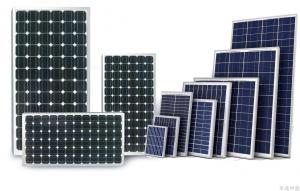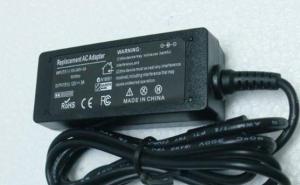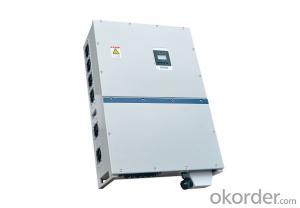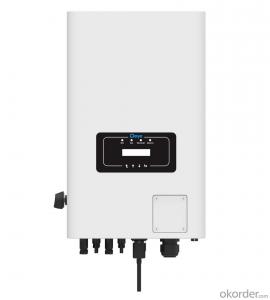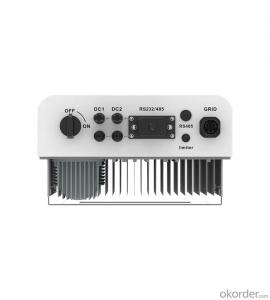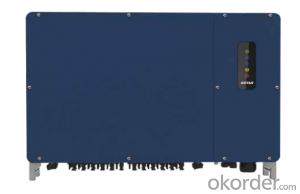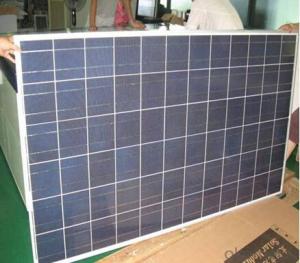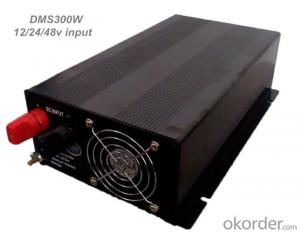36v Solar Inverter
36v Solar Inverter Related Searches
36 Volt Solar Inverter Solar Inverter 36 Volt 36 Volt Solar Inverter Price 3.6 Kw Solar Inverter 96v Solar Inverter 600v Solar Inverter 60 Kw Solar Inverter 35kw Solar Inverter 6000 Watt Solar Inverter 48v Solar Inverter 600 Watt Solar Inverter 6000w Solar Inverter 600w Solar Inverter Solar Inverter 6000 Watt 48 Volt Solar Inverter Solar Inverter 600w Solar Power Inverter 6000w 120v Solar Inverter 36v Lithium Battery Solar Inverter 600 Watt 12v Solar Inverter 6kw Solar Inverter 30kw Solar Inverter 24v Solar Inverter Solar 120v Inverter 230v Solar Inverter Solar Power Inverter 6000 Watt 48v Hybrid Solar Inverter 36 Volt Lithium Battery 30 Amp Solar Inverter36v Solar Inverter Supplier & Manufacturer from China
The 36v Solar Inverter is a specialized device designed to convert solar energy from photovoltaic panels into usable electrical power. It is an essential component in solar power systems, ensuring that the energy generated by the panels is efficiently transformed and delivered to the grid or stored in batteries for later use. This inverter is particularly designed to handle 36-volt input, making it suitable for a variety of solar panel configurations and setups.The 36v Solar Inverter finds its application in various scenarios, including residential, commercial, and industrial settings. It is widely used for powering homes, businesses, and even off-grid applications where traditional electricity is not readily available. The inverter's ability to convert solar energy into usable power makes it a sustainable and eco-friendly solution for energy needs. It is also an excellent choice for remote locations or areas with unreliable power supply, providing a reliable and independent source of electricity.
Okorder.com is a leading wholesale supplier of the 36v Solar Inverter, offering a vast inventory to cater to the diverse needs of customers worldwide. With a commitment to quality and customer satisfaction, Okorder.com ensures that the 36v Solar Inverters they provide are of the highest standard, meeting the specific requirements of various applications. Their extensive inventory allows customers to find the right inverter for their solar power systems, making Okorder.com a trusted source for solar energy solutions.
Hot Products


